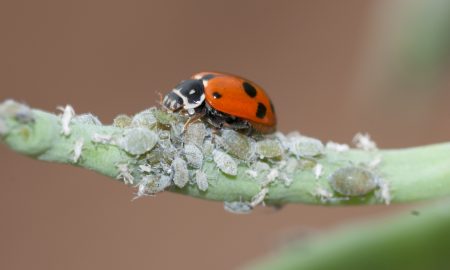There are exceptions to every rule, and Bryobia mites causing crop damage in the coldest part of winter is definitely such an exception.
Where have they been reported?
Bryobia mites (Bryobia spp.) were found causing moderate damage to a vetch crop east of Ouyen in the Victorian Mallee, less than two weeks ago.
This area has received several frosts in the last month so it is surprising that relatively high numbers of this pest were found in this instance, because they tend to prefer the warmer months of the year.
Relatively high numbers of Bryobia mites were seen in the areas on higher ground, which would have received relatively milder conditions.
About Bryobia mites
In Australia, there are at least seven species of Bryobia mites found in broadacre agriculture, which complicates management.
There are several generations of Bryobia mites per year, and unlike most other mites, they can be present over the summer months but decline substantially during winter.
Bryobia mites typically overwinter as eggs, which hatch as conditions warm up and dry out in spring – although the lifecycle and active period of mites is dependent on species.
For comprehensive information on Bryobia mites, including their occurrence, lifecycle, behavior and management strategies, go to Bryobia mite within the new PestNote series.
Our advice
Spraying to control Bryobia mite populations at this time of year is almost never warranted. This is an unusual occurrence, being an area that has received frosts on more than one occasion.
It is possible that one or more Bryobia species are able to withstand colder conditions.
It is also possible that this particular population has become more cold tolerant. This is plausible because Bryobia mites are clonal allowing a successful variant to rapidly outcompete others.
Acknowledgements
Sources of field reports of Bryobia mites
Brad Bennett – Agronomist, AgriVision (Victorian Mallee)
Cover image: Photo by Andrew Weeks, Cesar Australia





